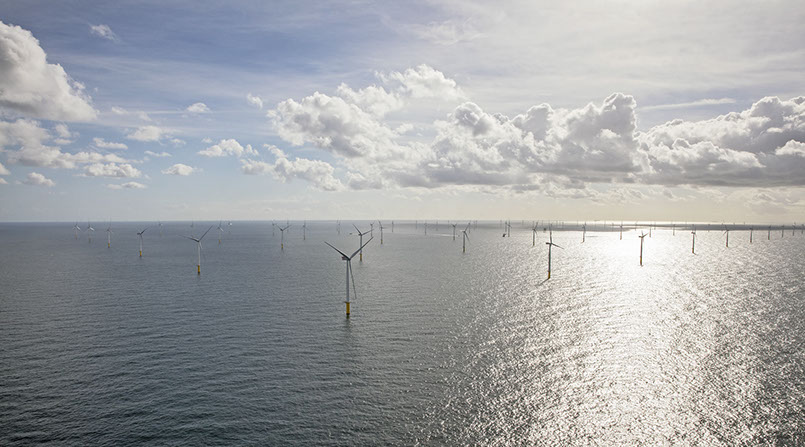The Gemini Offshore Wind Park is one of the largest offshore wind parks in the world and is situated approximately 60 km from the Wadden Island Schiermonnikoog, the Netherlands. The park was officially opened in May 2017.


In order to study the potential impact of the Gemini offshore wind park on Lesser Black-Backed Gulls, we will use UvA-BiTS tags to measure the fine-scale flight behaviour of gulls at sea. Focusing on adults breeding on Schiermonnikoog we will quantify how individuals use the seascape in 3 dimensions and over time. By simultaneously monitoring their breeding status within the colony, we will also study how their time-activity budgets may change due to their breeding status.
When birds approach the wind park, the UvA-BiTS system will automatically switch to high resolution measurements, measuring speed, altitude, location and tri-axial acceleration to identify behaviour, every 3 seconds. Over the coming years we will track the movements of 30 adult gulls breeding on the island.

A study on the nearby Wadden Island of Texel revealed that individuals may differ greatly in their movement strategies and foraging specializations. Very little is known about the movement patterns of the gulls breeding on Schiermonnikoog and the coming years will contribute to our understanding of their movement strategies and enable cross comparisons across colonies.
Contact persons, funders and participants
Judy Shamoun-Baranes shamoun@uva.nl University of Amsterdam Institute for Biodiversity and Ecosystem Dynamics / Instituut voor Biodiversiteit en Ecosysteem Dynamica (IBED)
Project sponsored by Gemini Wind Park
Participants:
